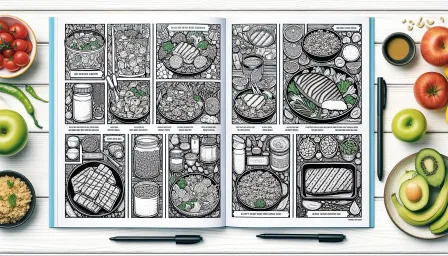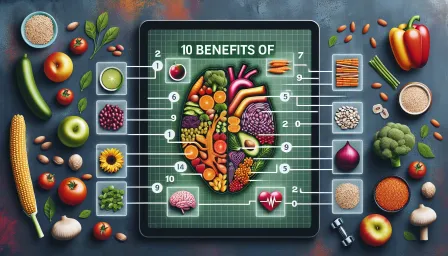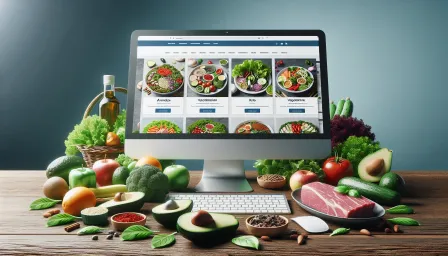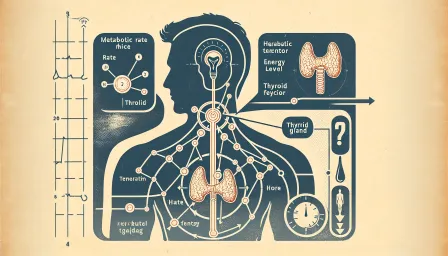Top 20 High Fiber Foods List to Boost Your Digestive Health
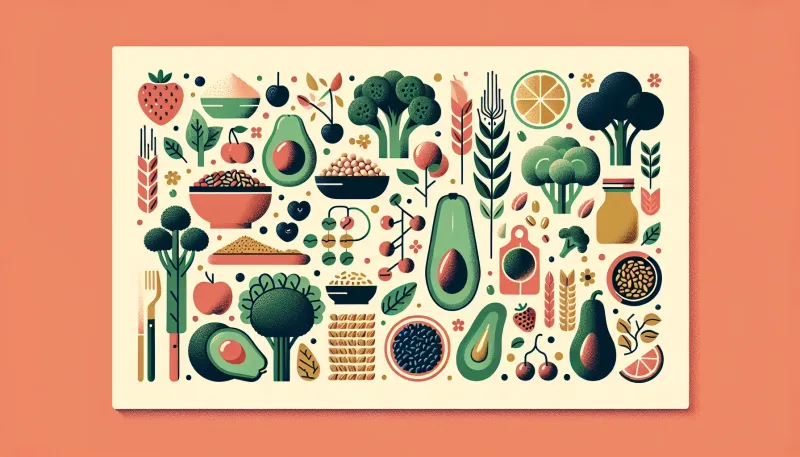
Discover the top 20 high fiber foods that can help improve your digestive health, support weight loss, and enhance overall wellness. Learn more in this comprehensive list.
Proper digestion is crucial for overall health, and one of the best ways to ensure a well-functioning digestive system is by consuming high fiber foods. Dietary fiber not only aids in digestion but also helps with weight management, blood sugar control, and heart health. In this article, we will explore the top 20 high fiber foods to boost your digestive health, providing a detailed list along with their benefits.
What is Dietary Fiber?
Dietary fiber, also known as roughage, is the indigestible part of plant foods. It passes through the digestive system relatively intact and adds bulk to stool, making it easier to pass. There are two main types of dietary fiber: soluble and insoluble. Soluble fiber dissolves in water to form a gel-like substance, which helps lower blood cholesterol and glucose levels. Insoluble fiber adds bulk to the stool and aids in moving food through the digestive tract efficiently.
Benefits of High Fiber Foods
Including high fiber foods in your diet offers numerous benefits:
- Improved Digestion: Fiber helps regulate bowel movements and prevent constipation.
- Weight Management: Fiber-rich foods are more filling, helping you consume fewer calories.
- Blood Sugar Control: Fiber slows the absorption of sugar, which helps keep blood sugar levels stable.
- Heart Health: Soluble fiber can help reduce bad cholesterol levels, lowering the risk of heart disease.
Top 20 High Fiber Foods
Here is a comprehensive high fiber foods list to incorporate into your diet:
1. Beans
Beans, such as black beans, kidney beans, and lentils, are excellent sources of both soluble and insoluble fiber. A cup of cooked beans can provide up to 15 grams of fiber.
2. Lentils
Lentils are not only rich in fiber but also packed with protein and essential nutrients. One cup of cooked lentils contains around 16 grams of fiber.
3. Chickpeas
Chickpeas, or garbanzo beans, offer about 12 grams of fiber per cup. They are versatile and can be used in salads, soups, and hummus.
4. Avocados
Avocados are not only creamy and delicious but also high in fiber, with about 10 grams per fruit. They are also rich in healthy fats.
5. Berries
Berries like raspberries, blackberries, and strawberries are fiber powerhouses. One cup of raspberries provides 8 grams of fiber.
6. Pears
Pears are one of the best fruit sources of fiber, offering around 6 grams per medium-sized pear. They are also high in vitamins and antioxidants.
7. Apples
Apples, especially with the skin on, contain about 4 grams of fiber per medium-sized apple. They're also a great on-the-go snack.
8. Broccoli
Broccoli is a nutritious vegetable that provides about 5 grams of fiber per cup. It's also rich in vitamins C and K.
9. Brussels Sprouts
These small, nutrient-dense vegetables offer around 4 grams of fiber per cup. They are also loaded with antioxidants.
10. Sweet Potatoes
Sweet potatoes are a tasty source of fiber, with about 4 grams per medium-sized potato (with skin). They are also packed with beta-carotene.
11. Chia Seeds
Chia seeds are incredibly fiber-dense, with about 10 grams of fiber per ounce (about 2 tablespoons). They can be added to smoothies, yogurt, and baked goods.
12. Flax Seeds
Flax seeds contain about 3 grams of fiber per tablespoon and are a great source of omega-3 fatty acids. They can be sprinkled on cereals or blended into smoothies.
13. Whole Grains
Whole grains like oats, quinoa, and brown rice are excellent sources of dietary fiber. One cup of cooked quinoa offers around 5 grams of fiber.
14. Nuts and Seeds
Nuts such as almonds and seeds like sunflower seeds are fiber-rich. A quarter cup of almonds provides about 4 grams of fiber.
15. Popcorn
Popcorn is a whole grain snack that contains about 4 grams of fiber per 3-cup serving. Avoid adding too much butter or salt to keep it healthy.
16. Carrots
Raw carrots offer around 3 grams of fiber per cup. They are also high in beta-carotene and perfect for snacking.
17. Artichokes
One medium artichoke contains over 10 grams of fiber. They are also a great source of vitamins and minerals.
18. Peas
Green peas provide about 9 grams of fiber per cooked cup. They can be added to various dishes, from soups to salads.
19. Bananas
Bananas, particularly when they are slightly green, offer about 3 grams of fiber each. They are also a great source of potassium.
20. Oranges
Oranges are not only refreshing but also contain about 4 grams of fiber per medium-sized fruit. They are also rich in vitamin C.
How to Incorporate More High Fiber Foods into Your Diet
Adding more high fiber foods to your diet doesn't have to be challenging. Here are some simple strategies:
- Start Your Day with Fiber: Opt for oatmeal topped with berries and chia seeds for breakfast.
- Snack Smart: Choose fiber-rich snacks like fruits, nuts, and raw veggies.
- Include Vegetables in Every Meal: Add a side of steamed broccoli or a mixed salad to your lunch and dinner.
- Swap Refined Grains for Whole Grains: Choose whole grain bread, pasta, and rice.
- Add Beans to Your Dishes: Incorporate beans into soups, salads, and stews for an extra fiber boost.
Conclusion
Incorporating the top 20 high fiber foods into your diet can significantly improve your digestive health and overall well-being. Fiber-rich foods provide essential nutrients, aid in weight management, control blood sugar levels, and promote heart health. Remember to increase your fiber intake gradually and drink plenty of water to help your body adjust to the higher fiber content. Enjoy the benefits of a fiber-rich diet by making these delicious and nutritious foods a regular part of your meals.




